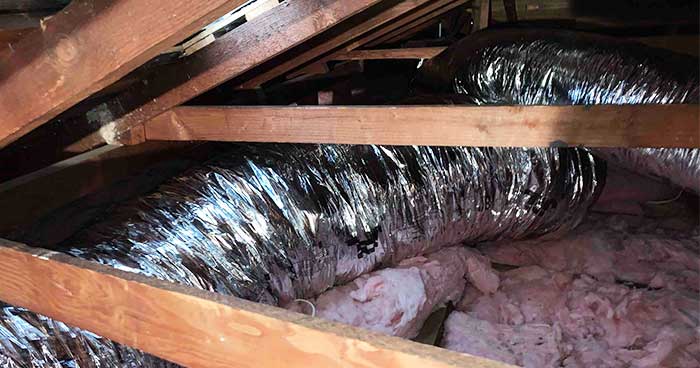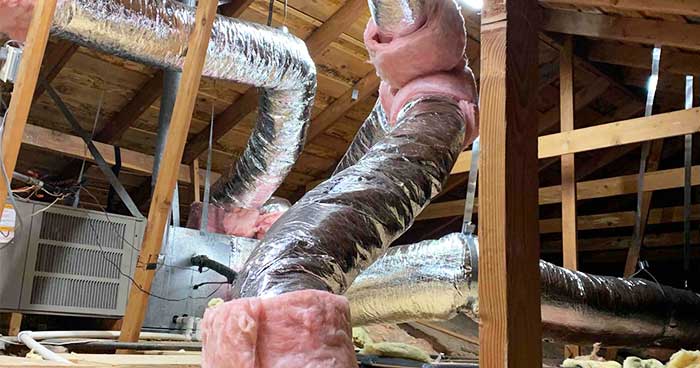How to Tell if Your Air Ducts are Leaking Money
According to research done by Pacific, Gas and Electric Company (PG&E), “faulty duct work accounts for more than 25 percent of the heating loss in an average California home. That means dollars out of your pocket.” A major loss of energy happens if your air ducts are leaking money.
It doesn’t matter how energy efficient your air conditioner or furnace is if your air ducts don’t properly transport the cooled or heated air. Because the more air that’s lost through the leaks, the more your HVAC system works to achieve the temperature you want.
In that sense, your air ducts are “leaking money” because you’re wasting energy every time you turn on your HVAC system.
To help you save money, we’re going to show you how to tell if your air ducts are leaking, and how to seal them.
Determining if you have air duct leaks
Common symptoms of leaky air ducts include:
- Rooms that are hard to heat or cool – Since air ducts direct air around your home, a room that’s not cooling or heating properly could mean that the air ducts aren’t transporting air properly to the room.
- Dusty rooms after turning on your AC – Dust, dirt and other contaminants get sucked into your air ducts when there are leaks. So whenever you turn on your AC, your leaky vents could be polluting your home.
- Higher utility bills -If your air ducts can’t transport air properly around your home, your heating and cooling system has to work longer, which requires more energy and therefore more money.
If you have noticed these symptoms, you should check the air ducts that you have access to and get them sealed.

Sealing your air ducts
Take these simple steps to seal your air ducts:
Step 1. Turn on your furnace.
Step 2. Locate your air ducts (typically found in attics and crawl spaces)
Step 3. Feel along the sides until you can feel the hot air escaping. Look for black marks since these are signs of leaks. Typical places you’ll find leaks are connections at vents and registers where they meet the floor, walls, and ceiling.
Step 4. Seal with mastic-type sealant. Do not use duct tape. Contrary to what its name suggests, you should never use duct tape on your air ducts as it will not last.

What should you do if your ducts are not sealed?
For a more complete air sealing solution, and since many of your ducts are hidden in your walls, ceiling, attic, and/or basement call us today to schedule a duct sealing visit.
Or complete the form below and one of our call center representatives will call you to schedule a visit that is convenient to your schedule.
Schedule Service
Oops! We could not locate your form.

